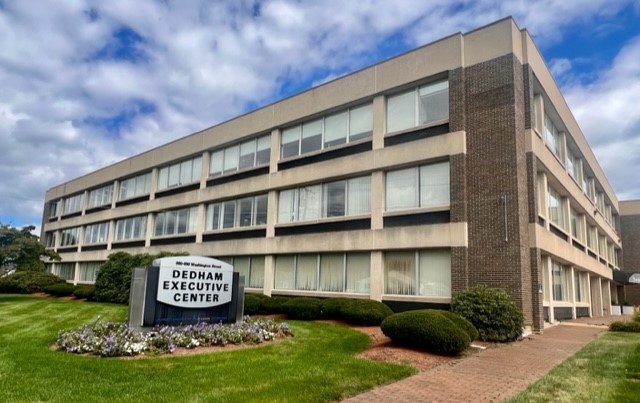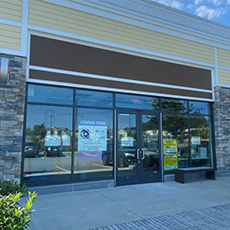Pentacam
The Past = Topography
A prerequisite to performing safe and precise laser refractive surgery is the ability to accurately measure the shape, thickness, and contour of the cornea before surgery. Previously, doctors only had scans such as corneal topography as a method of measuring these data points. Topography scans are capable of showing possible problem areas, but are limited to a view of the front surface of the cornea only. Subtle abnormalities of the back, or posterior, surface of the cornea are impossible to measure with conventional instruments. These subtle abnormalities of the back surface of the cornea are often responsible for unpredictable and sometimes devastating visual outcomes after laser vision correction.
The Present = Tomography
The Oculus Pentacam is the most advanced technology in the art and medicine of corneal imaging. It utilizes an illumination system and rotating camera to capture up to 25,000 measured data points in a scan time of two seconds per eye. Like a topographical map, each cornea is measured for elevation. However, the Oculus Pentacam produces additional imaging and calculation for the curvature, contour, and tissue density at all surfaces of the cornea.
The Oculus Pentacam provides corneal mapping and tissue diagnostics with an accuracy that was previously not available. This technology allows us to more accurately identify laser eye surgery candidates and in turn improve patient safety and outcomes.
Put simply, Dr. Kieval uses the Pentacam imaging system on every patient who is contemplating laser eye surgery. In our opinion, no instrument is more detailed, accurate, and helpful as a diagnostic tool to determine a patient’s candidacy for laser vision correction.
To learn more about this cutting-edge technology, visit www.pentacam.com.
Meet Our Team
The Lexington Eye Associates team is led by board-certified doctors considered to be leaders in the field of ophthalmology. Get to know us.
If you have questions or would like to book an appointment, please call (781) 876-2020 request your consultation.














